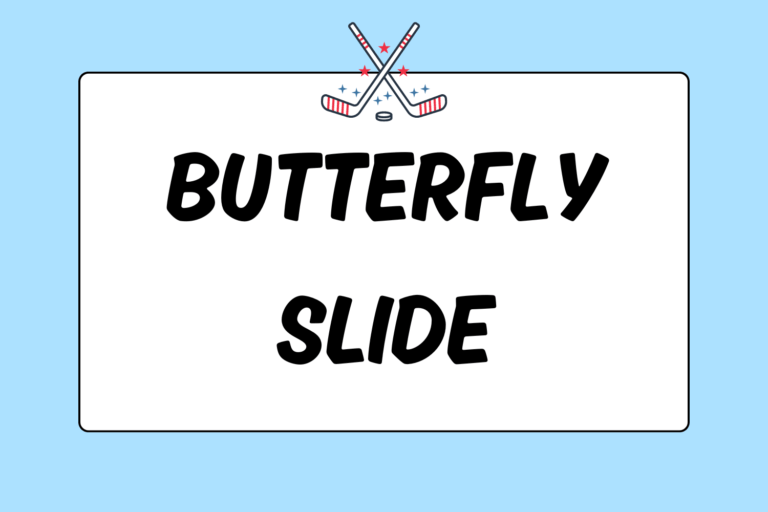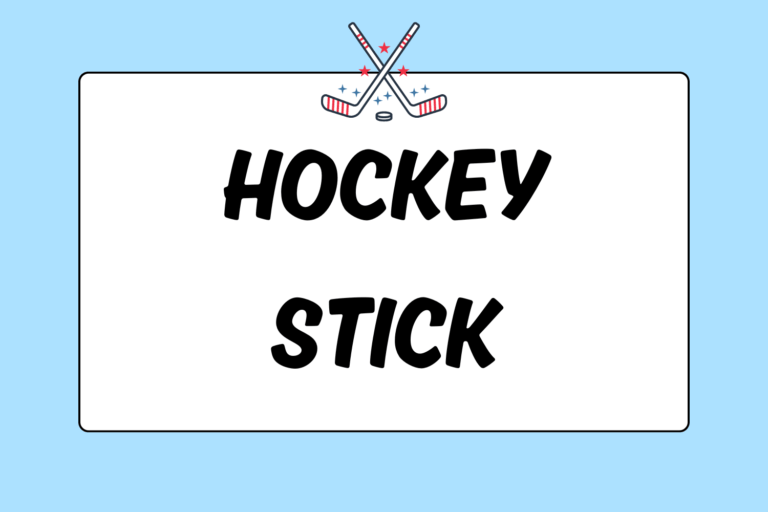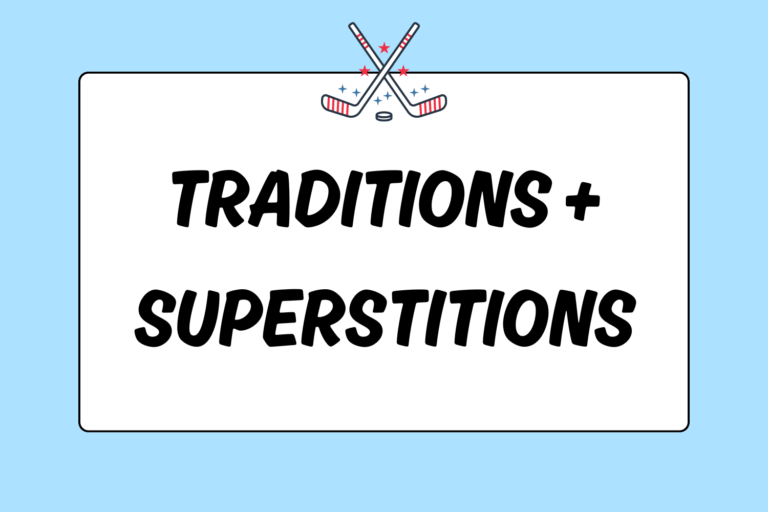Getting new ice hockey leg pads is a treat for even the most active rink rats. However, skating in new pads can be very frustrating. Despite leaps in material and design technology, leg pads are still quite a pain to break in.
This guide outlines the best methods for breaking in stiff new leg pads so they get a good, soft S-shape to them. Read on, and you’ll be robbing shooters down low in no time!
When to Break-in
Wear your new leg pads during practice until you’re comfortable playing in them. Breaking in gear during practice is helpful with all new equipment, but perhaps more so with leg pads specifically. Because they affect the way you skate, and thus your positioning, playing in stiff leg pads can throw off your whole game.
Your best bet is to buy the new pads before your old pads are on their last leg. Try wearing your new pads to every practice except the one right before a game. Doing so will break in your new pads, but still leave you feeling comfortable in your older pads when game time rolls around.
Further, if you have an off-season, buy your new pads a few weeks before you start pre-season training. Buying your pads in advance helps you break them in while you practice for the upcoming season. However, avoid trying out for a team or starting role with pads you’re not used to playing in!
Home Goalie
One of the most tried and true methods of breaking in new legs pads is also one of the most simple: Just strap them on and wear them in a carpeted area of your house. While you’re strapping them on, you can sit on a couch or in a chair, and push down on the thigh rises until the knee breaks start to soften up.
There are two very important rules for this technique:
- Be sure to wear them only in a soft carpeted area that’s free of clutter, and clear the room of any tables with pointed corners. Doing so ensures that your new pads stay safe from cuts and scratches.
- Only try this method before you’ve used the pads on the ice. Leg pads get dirty and stinky quickly during regular use. You don’t want to get that stink all over your home!
Break your pads in this way for a few days before using them for the first time, and they’ll be much more ready to play in the when you hit the ice. Additionally, you’ll be familiar with the strapping system on your new gear when you need to quickly dress for a practice or scrimmage.
Tie Them Up
The second method has also been around a while, and is just as simple as the first: Tie them up overnight. Squish your leg pads down as hard as you can so instead of making their brand new I- or L-shape, they make an S-shape. Then secure the pads into this S-shape with either skate laces or some soft twine. Make sure the laces/twine wraps across the front and back of the pad (opposed to the sides). Going across the front and back ensures they stay securely tied, without any slippage.
Then leave the pads tied up overnight, unwrap them in the morning, and see what sort of progress you’ve made in creating a rounded S-shape. Repeat this process as many nights as it takes. Unlike wearing them around the house, feel free to try this method again after you’ve already started skating in the pads.
Amazingly True Story
Most pro goalies go through two pairs of leg pads in a season, but this was not the case with former National Hockey League (NHL) goalie Arturs Irbe. The Latvian netminder absolutely hated breaking in new gear. So much so that he famously wore the same leg pads for most of his NHL career. Irbe even taught himself to meticulously repair his leg pads to extend their life. Towards the end of his 12-year NHL career — when his pads were past the point of repair — Irbe finally got a new pair. Unhappy with how stiff the new pads were, Irbe chose to break them in in a fashion not recommended for most goalies: He drove over them with his SUV!
Dry Upside-down
The last recommended method to giving your pads a good S-shape is perhaps the most simple: After using them, dry them upside down against a wall. While hanging, the weight of the pad itself bears down on the knee break and gives it a good, soft curve. Store them in this manner when they’re not in use.
Unlike the techniques listed above, you should use this method throughout the life of your pads… not just when they’re new. Constantly drying your pads keeps the knee break soft and ready for use. Because there’s only the weight of the pad involved, there’s no danger of “over-breaking in” the leg pads.
Game Time
The main thing to remember when breaking in new goalie gear is take your time. Get new pads before you need to replace your old ones. Keeping your old pads ensures you have the time to properly break the new ones in before an important game or tryout. Breaking in your pads diligently maintains the quality of your new leg pads, and gives them the best chance to last even longer than your old set.





